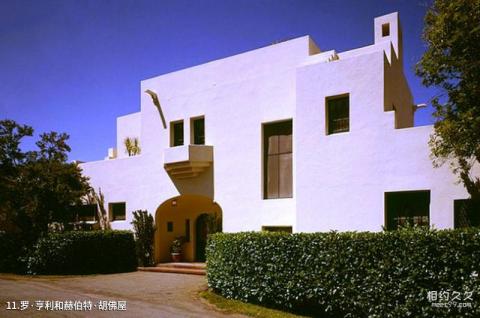
About the Robert Henry and Herbert Hoover House: Stanford is also home to the Hoover Institute on War, Revolution, and Peace. Stanford's Hoover Institution was established by Herbert Hoover, one of Stanford's earliest graduates. It is a major public policy think tank in the United States, attracting visiting scholars from all over the world. Hoover was responsible for America's relief efforts in Europe after World War I and was later elected President of the United States in 1928. Hoover originally founded the college to collect historical records of contemporary events. Hoover's aides often risked their lives to rescue documents and rare prints from enemy countries. Among the records they successfully rescued were Rosa Luxemburg's papers, Goebbels's diaries, and the records of the Russian secret police in Paris. Research institutions also began to take shape under Hoover's influence. Of course there was inevitably some conflict between Hoover, the college promoter, and the university. In 1960, Glen Campbell became president of the college. After that, the budget increased significantly, and the number of Hoover College's collections and related research projects also skyrocketed. Although the 1960s was an era of student movements, the relationship between Hoover College and the university has been maintained and deepened. It is particularly worth mentioning that the collection of Chinese and Russian documents in the academy at that time greatly increased. The Soviet Union was unable to find the first issue of "Pravda" in March 1917 in its own library and had to turn to the Hoover Institution to provide an original microfilm. After 1980, the Hoover Institution slowly became a conservative think tank associated with Washington. It is now an integral part of Stanford University. As the first graduate of Stanford University, Hoover learned that he was elected as the 31st President of the United States at his residence on the Stanford University campus.
